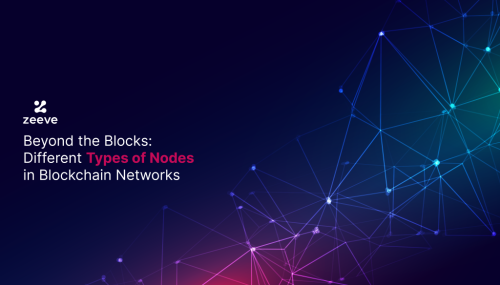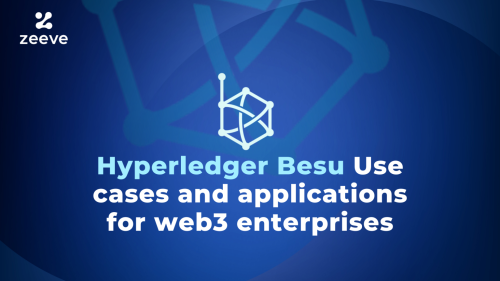When Trust Fails: What the Titan Sub Taught Us About Blockchain Standards
In June 2023, the world watched in horror as the Titan submersible imploded during a dive to explore the Titanic wreck, killing all five people on board. In the aftermath, a pattern emerged: the developers of the submersible had bypassed engineering standards, opted out of third-party certification, and ignored repeated safety warnings. What was framed as “innovation” turned out to be recklessness. And ultimately, the lack of oversight cost lives.
This tragedy wasn’t just about engineering—it was about trust. It serves as a sobering reminder that when emerging technologies fail to meet accepted standards, the results can be catastrophic. That lesson is just as relevant to the blockchain industry today as it is to deep-sea exploration.
Can Government Trust Blockchain?
Governments around the world are beginning to see the promise of blockchain for critical services—supply chain integrity, identity verification, public finance, and beyond. But they are also wary. Stories of crypto frauds, like the collapse of FTX, and headlines linking blockchain to illicit uses—terrorism, drug trafficking, human smuggling—have cast a long shadow over the industry.
This environment has left government acquisition officials with a dilemma: they see the potential of blockchain but don’t have a reliable framework to evaluate which solutions are trustworthy. And without that framework, they hesitate to invest.
Blockchain Standards
This is precisely where the Government Blockchain Association (GBA) and the Blockchain Maturity Model (BMM) come in.
The GBA is a global nonprofit dedicated to promoting blockchain adoption in the public sector. It connects technologists, policymakers, researchers, and civil society leaders, creating a trusted forum where solutions can be vetted, shared, and improved. By joining the GBA, blockchain ecosystems enter a professional community where their work is visible to decision-makers and held to a higher standard of accountability.
But visibility alone isn’t enough. Governments require evidence. They need to know if a blockchain system is secure, scalable, well-governed, and built to last. That’s where the Blockchain Maturity Model plays a critical role.
Developed by the GBA, the BMM is a comprehensive framework for assessing the maturity and operational readiness of blockchain platforms. It examines critical areas—such as governance, architecture, security, sustainability, and usability—and provides a third-party evaluation that can guide improvements and instill confidence. It’s a way for blockchain projects to demonstrate, with measurable data, that they are more than a promising idea—they are ready for real-world deployment.
Layer One Protocols - Foundation of Trust
The results speak for themselves. CESS Network, a decentralized cloud storage provider, completed its BMM assessment after joining the GBA, showcasing its commitment to scalability and secure infrastructure. Oracle, a global leader in enterprise IT, also completed the BMM assessment to validate its blockchain solutions for government and institutional use. TapstryX, focused on privacy-first protocols, used the BMM to refine its governance model and prepare for meaningful partnerships.
Each of these organizations recognized a truth that’s becoming clearer by the day: governments will soon become one of the largest consumers of blockchain solutions. But they will not buy what they cannot evaluate. In an age where trust must be earned, simply saying your platform is innovative or secure isn’t enough.
Not Just Hype - Trust
By joining the GBA and completing a BMM assessment, blockchain ecosystems can offer something powerful: proof. Proof that their solutions meet industry best practices. Proof that they are aligned with government expectations. And proof that they are serious about being part of the future of digital infrastructure.
Government & industry acquisition officials will want to know if the proposed solutions have been assessed in accordance with internationally recognized standards and listed on an independent Directory of Trusted Web3 Solutions.
Blockchain is no longer the Wild West. The market is maturing, and so must the platforms hoping to serve it. Just as the Titan disaster revealed the cost of bypassing standards, the blockchain world must recognize that growth without governance is a risk—not an asset.
To learn more about how your project can build trust with public and private sector stakeholders, visit https://gbaglobal.org/blockchain-maturity-model or email BMM@GBAglobal.org. The future of blockchain will be built on trust—and trust starts with standards.





Responses